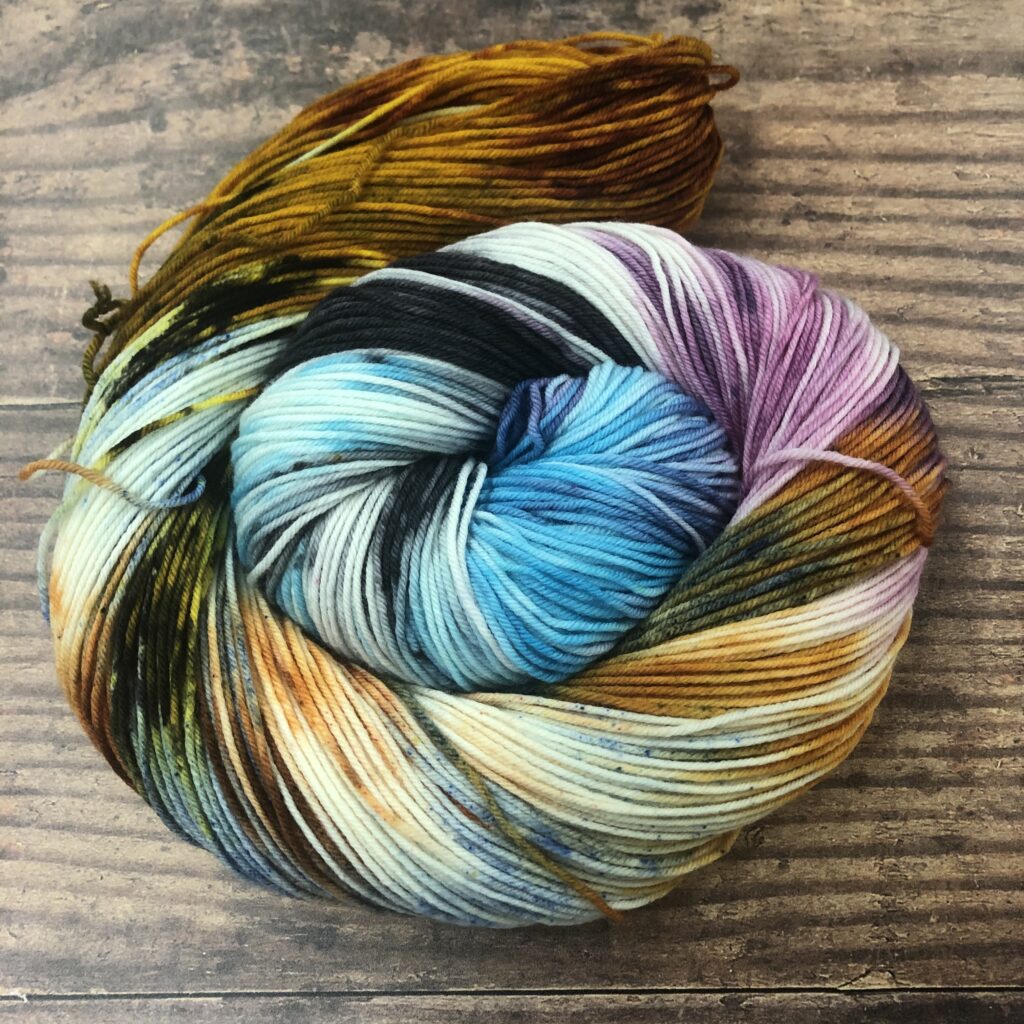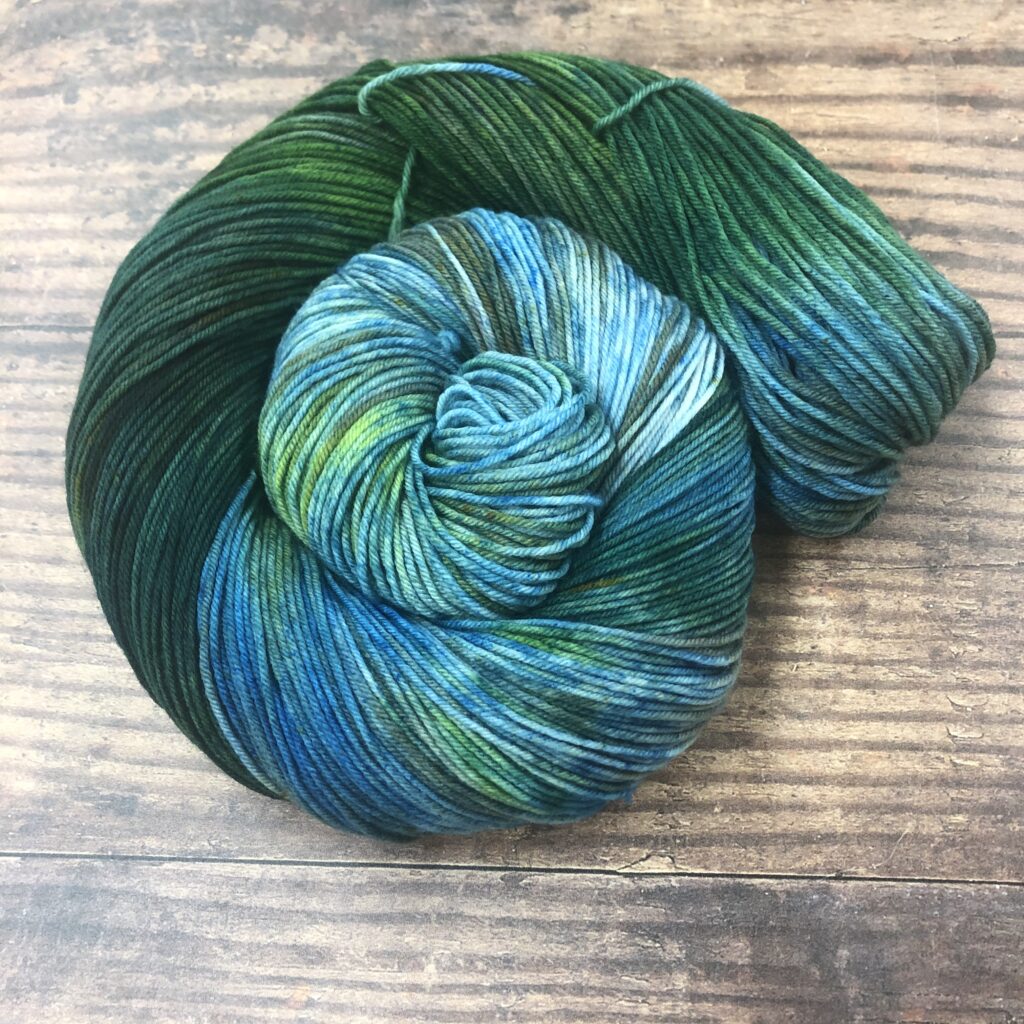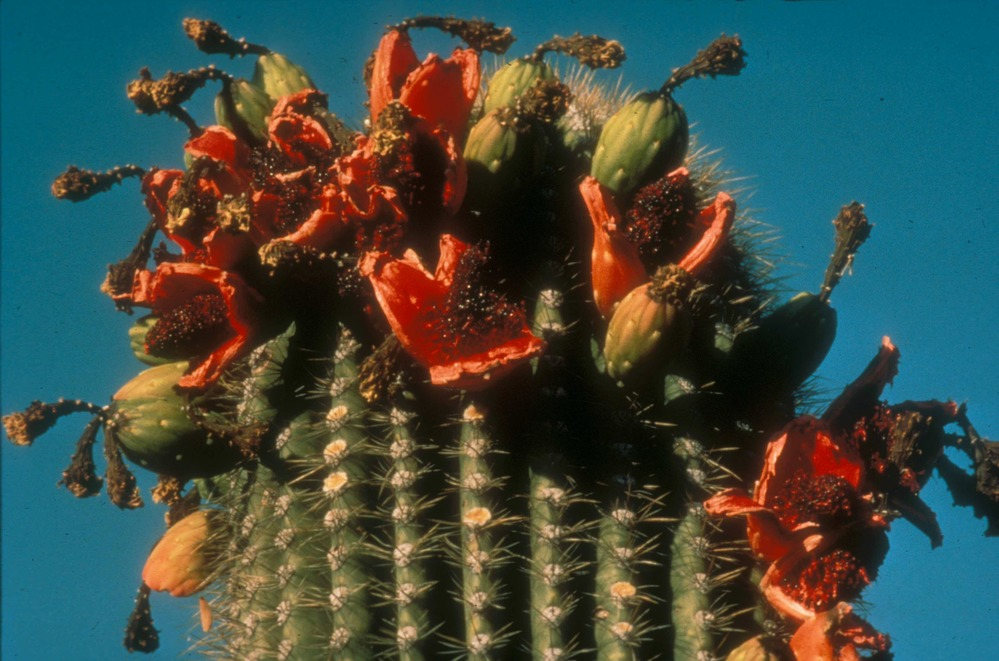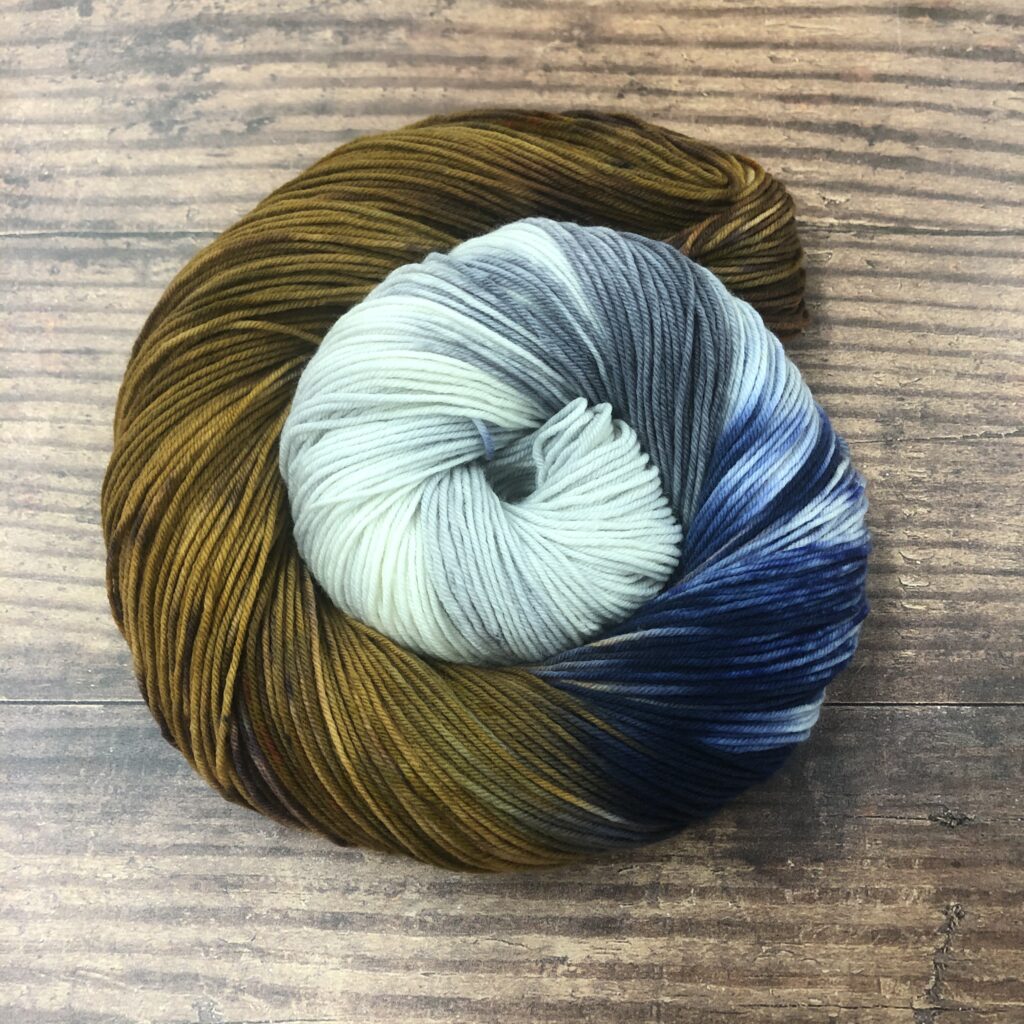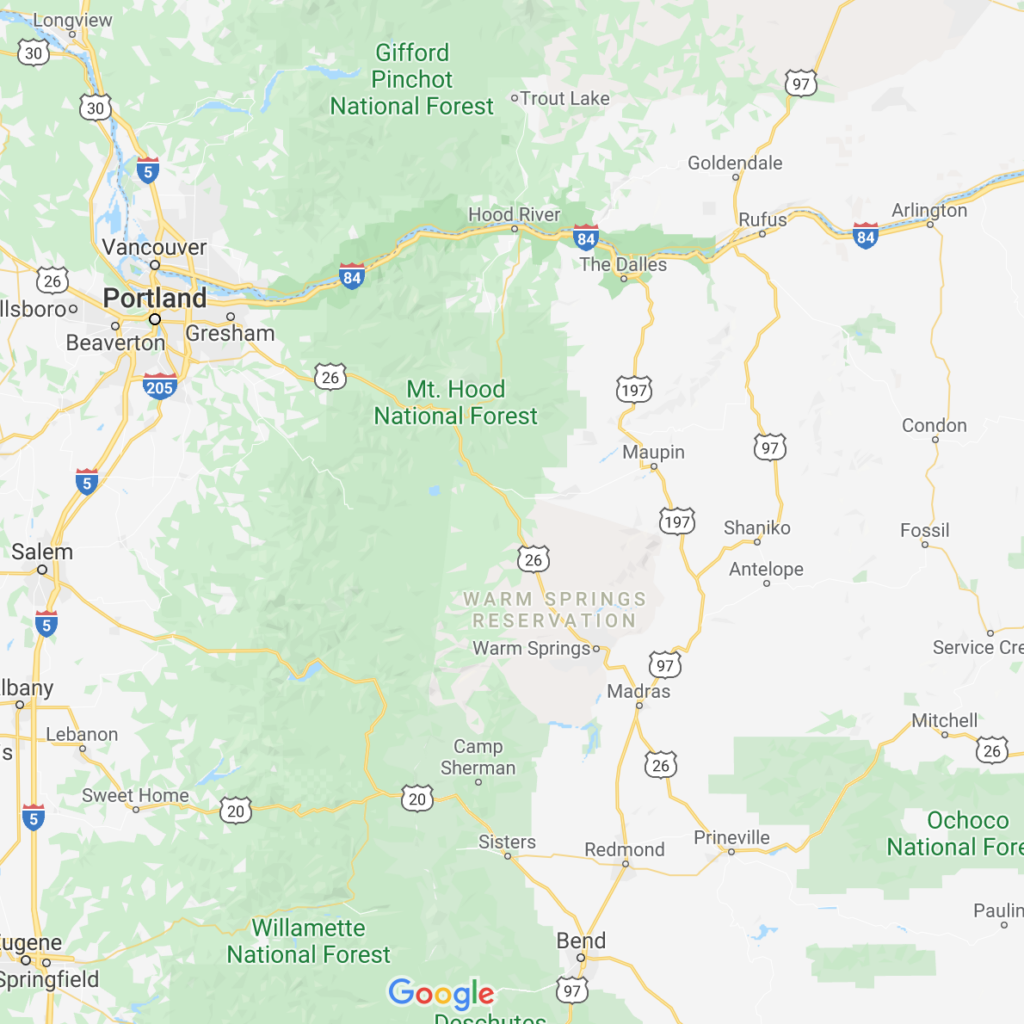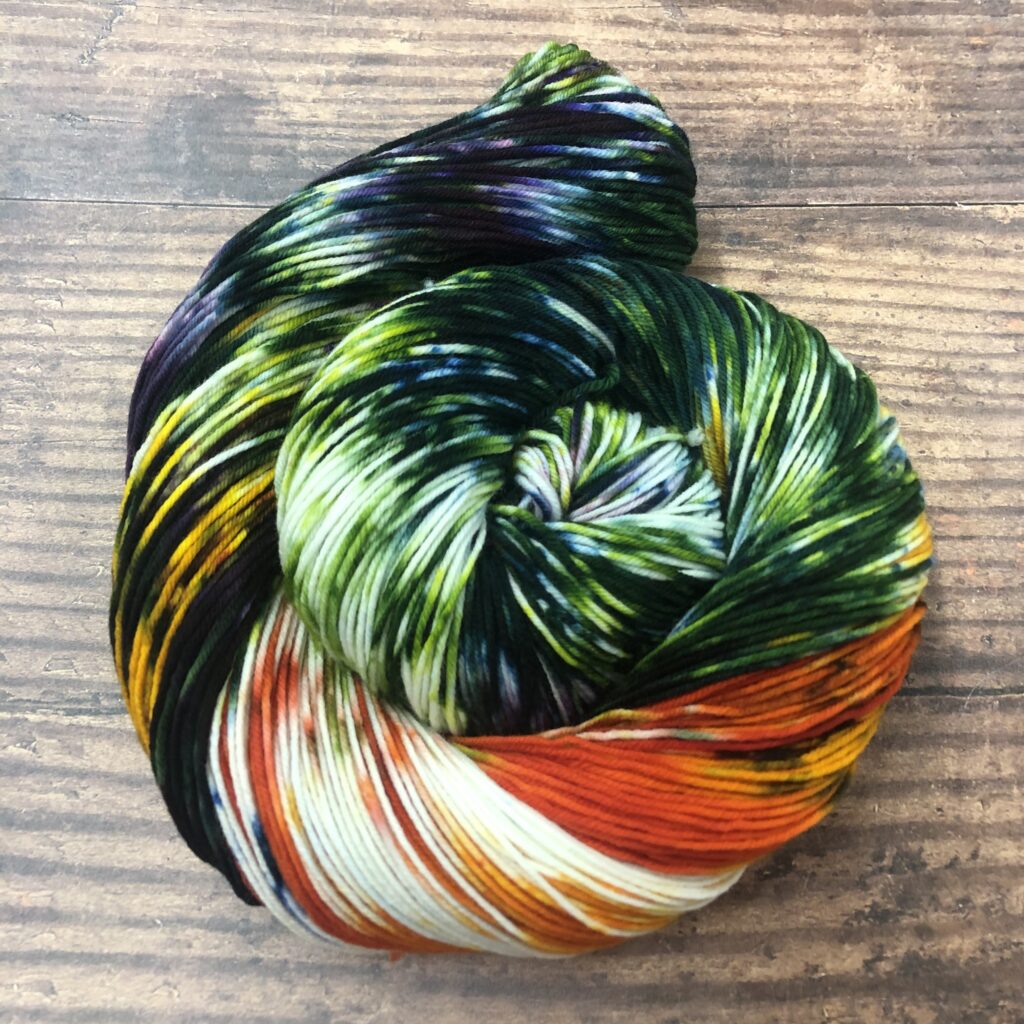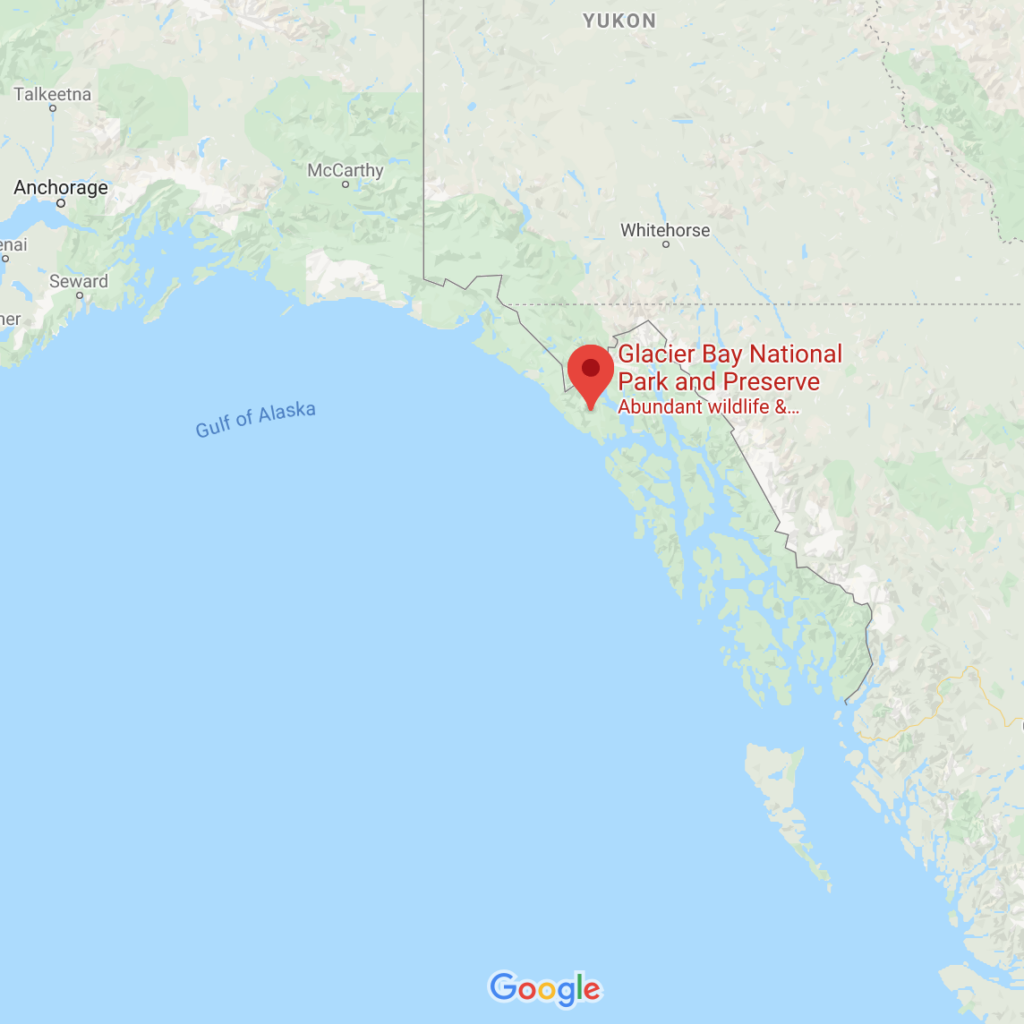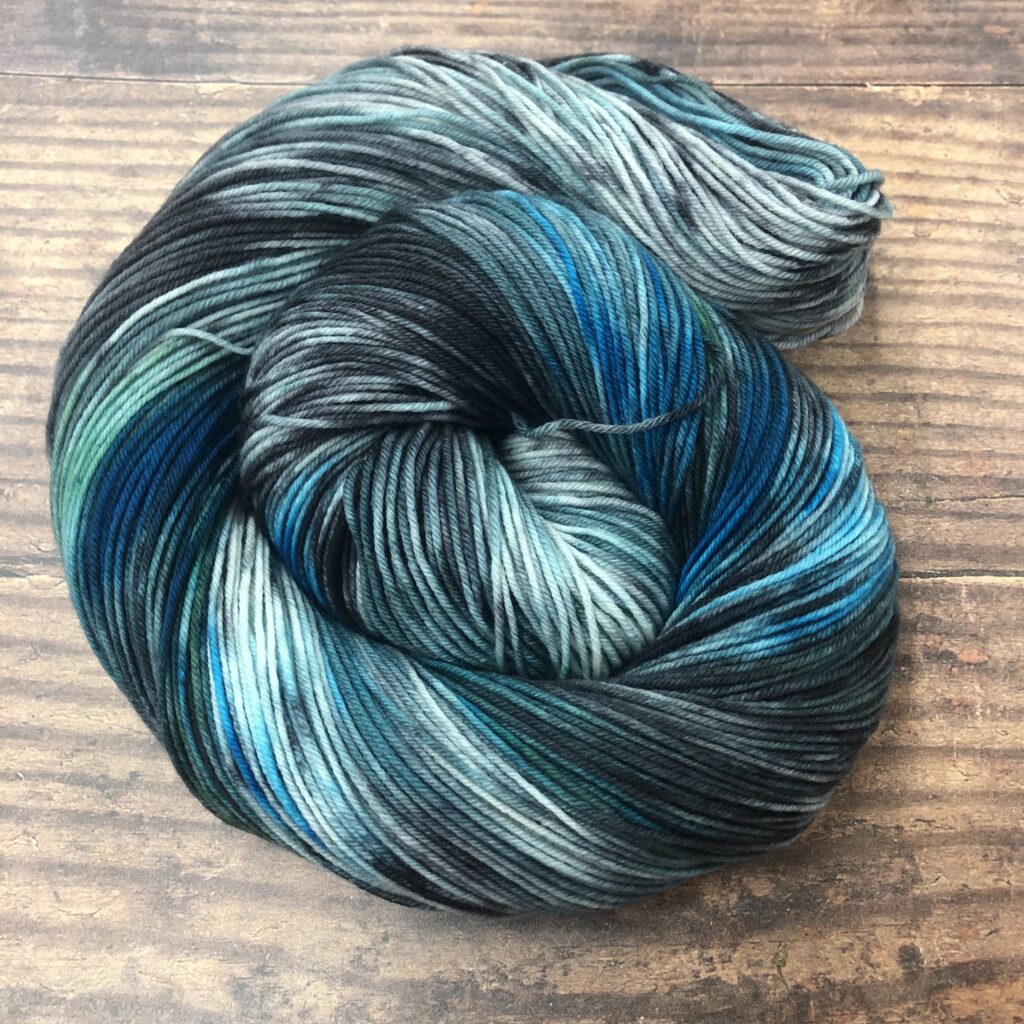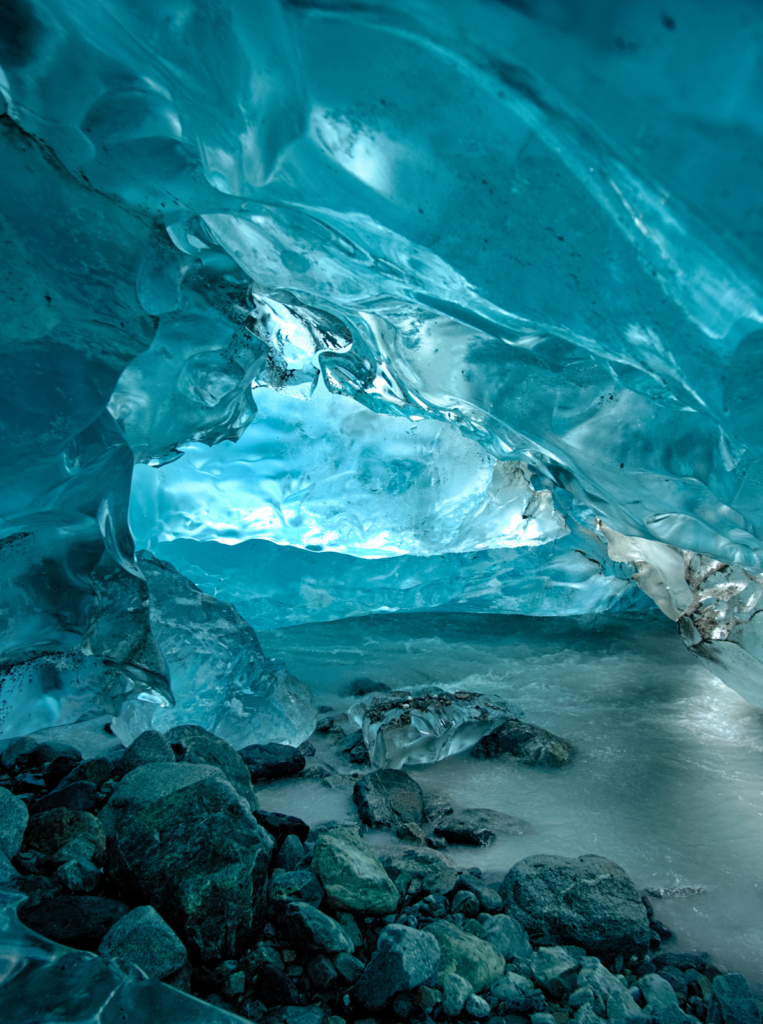We are super pleased to share this new/old colorline with you! When JK Rowling showed her true colors as a TERF (Trans-Exclusionary Radical Feminist), we knew we couldn’t continue to promote or profit off of our color line inspired by her best-known work, but we also loved so many of the colorways we created, so we decided to repackage them into a smaller color line, paying homage to people in the LGBTQIA+ community, with a special emphasis on Trans folk. From 9/16 – 11/25, we’ll be sharing 2 of the colorways from this new True Colors line a week, here on Instagram and on our blog, telling a bit of these stories (you know how we love a good story!). We hope you enjoy honoring this fab group of groundbreaking individuals as much as we have enjoyed learning more about them. We are starting out our journey with two of our favorite colorways from the set, honoring two Trans women who did so much for Trans rights and their communities.
This stunning colorway is French Court, and it honors Chevalière D’Eon, who lived in France from 1728-1810. D’Eon was a White Trans woman who was a secret spy for the French King; she spied on Russia and England, presenting as male the whole time. She transitioned at 49 and was formally presented to the court as a woman – the first trans woman to be presented/accepted at French court. This colorway was originally called Spattergroit.

We are sharing two patterns that feature French Court, both from designer Shannon Squire. Bobble-Palooza is a hat in our Worsted base, and Pee Dee Queue socks are in our Sock base.
You can find all of our True Colors on our website, including this week’s releases!





